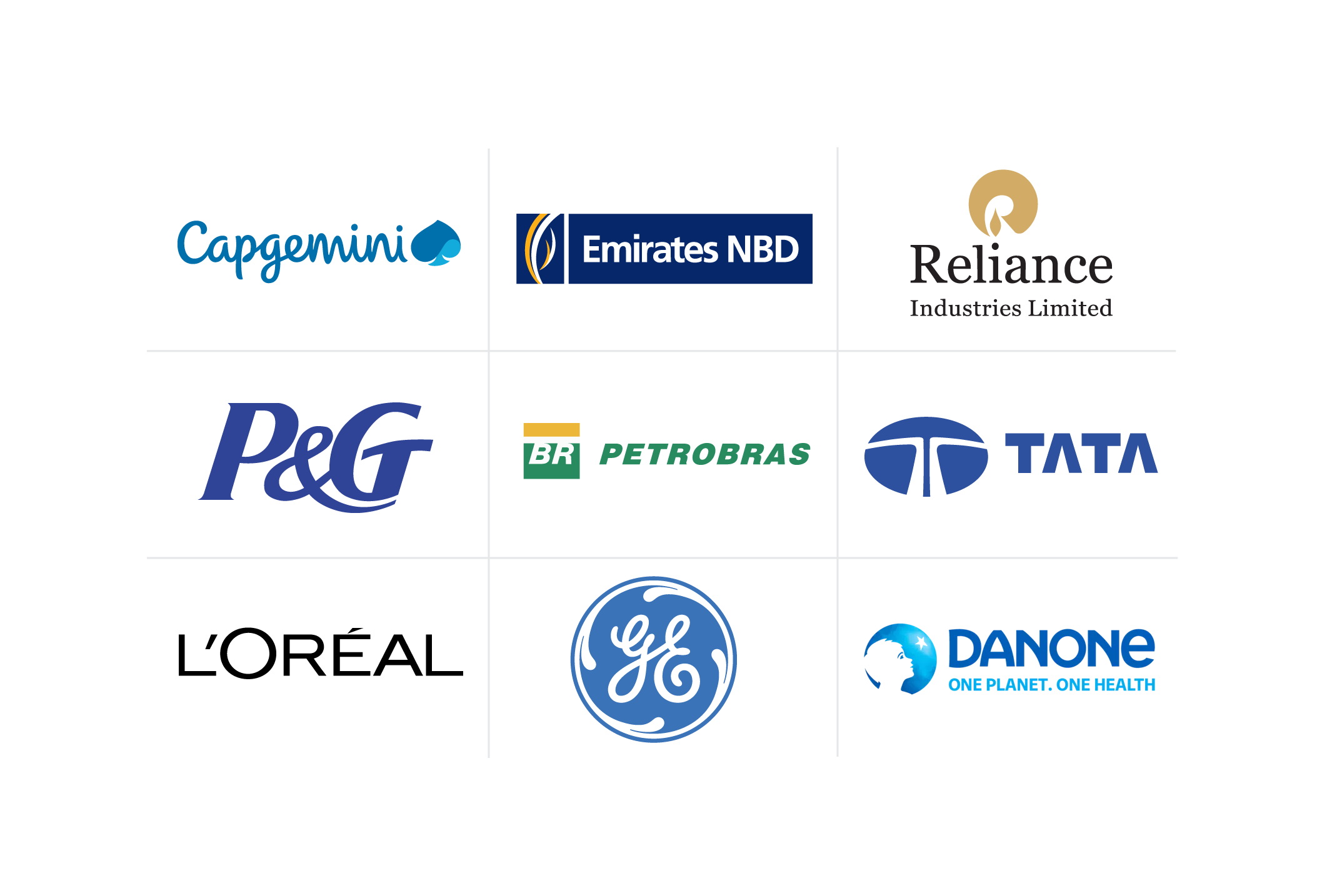Chief Learning Officer Skills: Key Focus Areas for Driving Growth
A chief learning officer leads the effort to develop talent and establish company culture within organizations. Learn how chief learning officers can guide learning and growth.
![[Featured Image] A chief learning officer leads a meeting for talent and development in the workforce.](https://d3njjcbhbojbot.cloudfront.net/api/utilities/v1/imageproxy/https://images.ctfassets.net/2pudprfttvy6/6ldyGQ3wVec22aptKZGo8J/61b505c49f679f61b8ec1521cfe9f16d/GettyImages-1401171010.jpg?w=1500&h=680&q=60&fit=fill&f=faces&fm=jpg&fl=progressive&auto=format%2Ccompress&dpr=1&w=1000)
As organizations handle hiring and talent development differently, the role of a chief learning officer (CLO) has shifted from a leader of narrow training programs to a broader ambassador of skill development and company culture. The CLO leads an organization’s effort to further educational goals. The CLO oversees organizational learning, implements in-person or online training programs, and promotes continued learning for employees across the organization.
With seismic shifts in the business world due to significant technological advances, such as artificial intelligence, the role of a CLO is more crucial than ever. Discover the key skills that make up a successful CLO and more information on talent development for CLO roles.
Essential chief learning officer skills
A successful CLO engages employees, promotes learning and skill-building, and meets organizational goals through learning programs. To do this, they must adapt to changing technology and circumstances, proficiently analyze data, show strong leadership, and strategically think about solutions. The skills below can help a CLO prepare for training programs and establish company culture.
1. Strategic thinking
Through strategic, long-term thinking, the CLO helps an organization transform as the world changes. Increasingly, organizations count on the CLO to envision the long-term progress of employees through their careers. A CLO must be familiar with the organization’s employees on a deep level, knowing what skills they need to gain and how to guide their learning.
A successful CLO must also think strategically to align learning with organizational goals. Learning programs address employees’ skills individually and further the organization’s vision for the future. Many aspects of modern organizational structure and operation differ from how organizations may have looked. A CLO may want to strategically rethink aspects of their team work structure, such as types of roles and job titles.
2. Cultural awareness
A CLO needs to be culturally aware of an organization’s differences and diversity to establish a company culture that accommodates the full spectrum of people associated with the organization. Skills related to emotional intelligence allow them to tailor training programs that shape the dynamic by which employees interact with each other.
In the context of increasing global markets and business landscapes, cultural competence often relates directly to an organization’s bottom line, so it’s essential for a CLO to be culturally aware. Cultural competence empowers employees to recognize cultural perspectives as they perform their duties, which can lead to increased productivity and efficiency.
3. Ability to adapt
CLOs need to adapt from ineffective learning methods in addition to implementing new programs. Whether employees are not engaging or methods lack effectiveness, a CLO must identify and stop or overhaul underperforming training methods.

4. Leadership
As someone in a C-suite position, having a strong sense of leadership can prove vital when working with many high-ranking organization members to implement training or culture initiatives. CLOs need invaluable leadership skills to influence other key leaders to embrace new programs.
5. Analyzing data
CLOs can use data analytics to observe many aspects of training program performance or employee skills. Data offers insight into how organizations can improve training programs, needs assessments, and competencies. Data analysis skills enable a CLO to use data to solve problems.
6. Employee engagement
Creative CLOs find engaging ways to guide employee learning. This can include quizzes, games, or peer teaching. Out-of-the-box ideas for employee learning can transform the concept of education into something exciting rather than an obligation.
CLOs can tap into their employees’ desire to learn and gain new skills by creating an environment where people feel optimistic about growth and seek it themselves. A strong culture of continued learning and growth, in which the organization rewards employees for their efforts, can better retain top talent.
7. Talent development
The CLO seeks to develop skills and talent in employees across the organization. It takes an intuitive CLO to understand what each section of the organization needs. For example, some junior-level employees may need to build technical skills, while more experienced professionals seek to develop leadership skills.
Talent development for chief learning officer skills
Many professionals who work as training and development managers hold bachelor’s degrees in business, communications, or social sciences. However, some employers seek candidates with a master’s degree in training and development, human resources management, organizational development, or business administration.
Any professional preparing to become a CLO may need to prepare for innovation in the field. Organizations must adjust training methods, particularly as companies continue hiring remote workers. Features such as social media, mobile learning, interactive learning, and visual simulations represent key innovations in the space that CLOs need to learn and understand.
Becoming a training and development manager or another learning and development role first, as an entry or mid-level position, can provide the experience needed to move up to a CLO position. While the role of a CLO has become a more essential asset to top leaders in an organization, the training and development manager roles also continue to grow. The employment of training and development managers can grow 6 percent from 2022 to 2032, according to the US Bureau of Labor Statistics projects [1].
In addition, professional organizations, such as the Association for Talent Development (ATD) or the International Society for Performance Improvement (ISPI), offer certifications, professional credentials, and other resources. These certifications can provide additional skills training, events, and networking opportunities.
Build skills on Coursera
Chief learning officers play an important role in an organization's talent development, and they must develop the skills, such as leadership, data analytics, and adaptability, needed to fulfill their responsibilities successfully.
Promote leadership skills throughout your organization by developing employees who innovate and inspire. In the Leadership Academy from Coursera, employees can learn the skills needed to lead their business into the future. With Coursera for Business, you’ll build effective managers at every level with beginner and advanced-level leadership content, including 40+ SkillSets to drive soft skill proficiency across the entire organization.
Article sources
U.S. Bureau of Labor Statistics. “Training and Development Managers : Occupational Outlook Handbook, https://www.bls.gov/ooh/management/training-and-development-managers.htm#tab-6:~:text=Employment%20of%20training,as%20to%20retire.” Accessed May 28, 2025.
This content has been made available for informational purposes only. Learners are advised to conduct additional research to ensure that courses and other credentials pursued meet their personal, professional, and financial goals.

